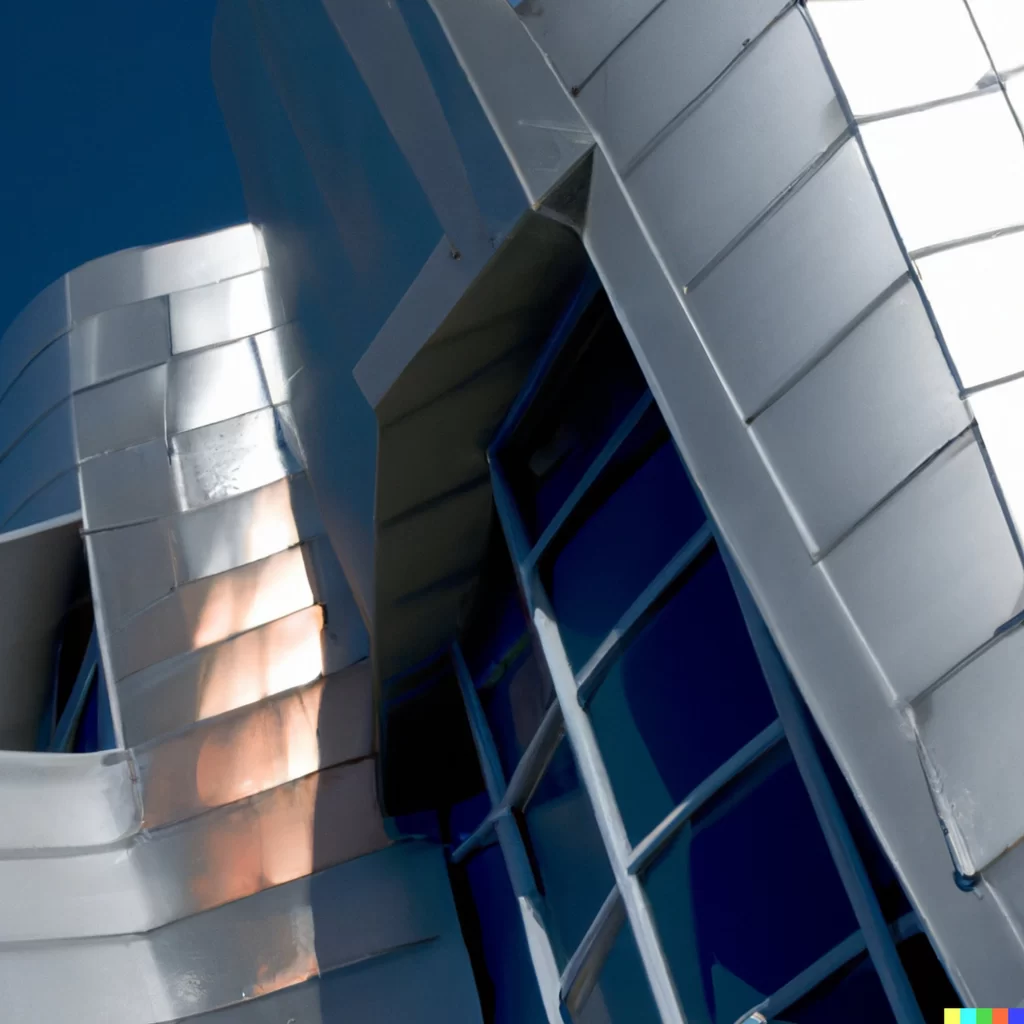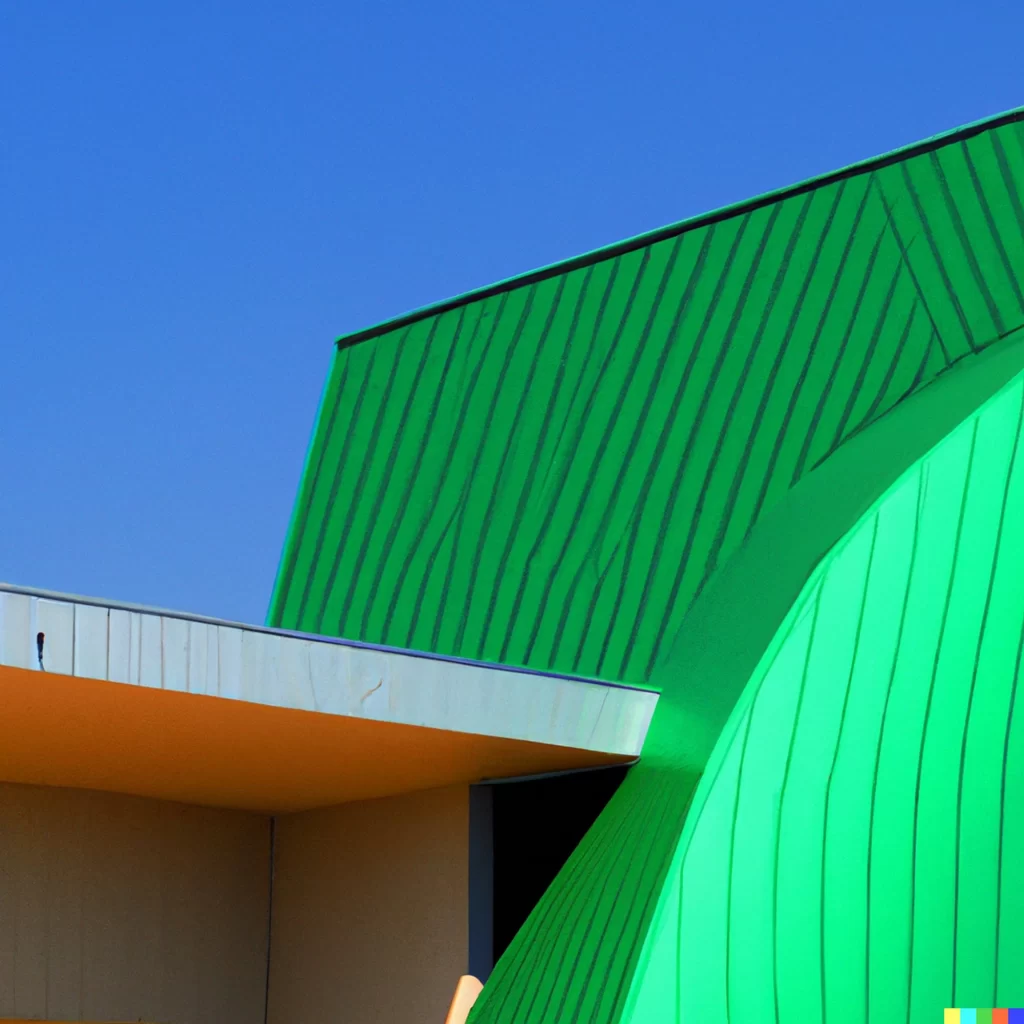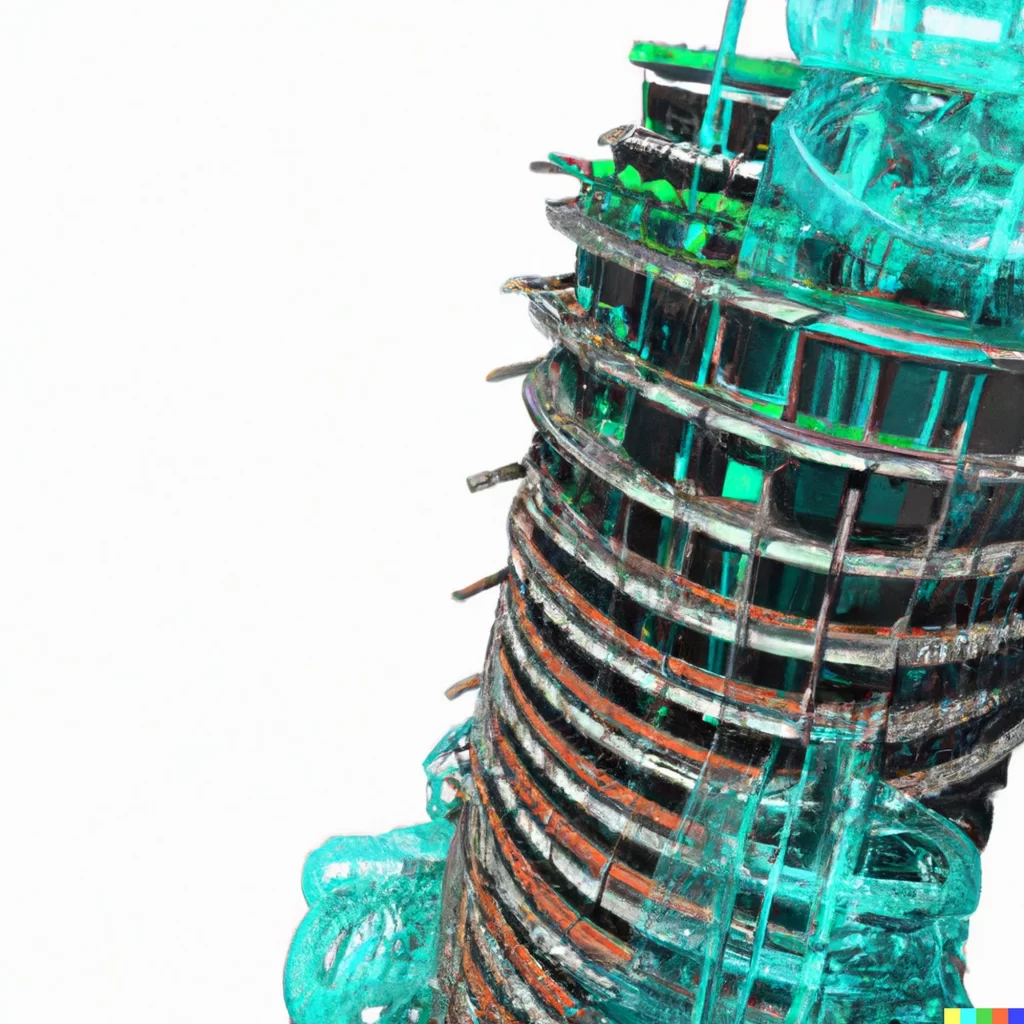Dynamic architecture and design is a concept that is gaining popularity in the world of architecture. Kinetic architecture refers to buildings that have the ability to move or change in some way, whether through automated systems or manual means. This type of architecture offers the potential for dynamic and interactive spaces that can respond to the needs and preferences of the people who use them.
One of the main benefits of kinetic architecture is that it offers architects and designers the ability to create truly unique and innovative spaces. With the ability to move, morph, and change, kinetic architecture is not limited to the constraints of traditional static structures. This opens up a world of possibilities for architects and designers to experiment with new materials, shapes, and forms.

Another advantage of kinetic architecture is its ability to create flexible and adaptable spaces. For example, a kinetic building can be designed to transform from a conference room to a dance floor, or from an open-air space to an enclosed one, depending on the needs of the users. This allows for a much greater degree of versatility and functionality, making kinetic architecture ideal for a wide range of applications, such as museums, offices, and homes.
In addition, kinetic architecture has the potential to make buildings more sustainable. For example, kinetic shading systems can be incorporated into a building design to control the amount of sunlight that enters the building, reducing the need for artificial lighting and air conditioning. Similarly, kinetic facades can be designed to open and close, regulating the building’s temperature and ventilation, helping to reduce the building’s energy consumption.

However, while the benefits of kinetic architecture are numerous, there are also some challenges that must be overcome. For example, designing and constructing a kinetic building is often much more complex and expensive than traditional static structures. This is due to the need for specialized systems and components, such as motors, actuators, and control systems, as well as the need for specialized design and construction skills.
In addition, the maintenance and upkeep of kinetic buildings can also be a challenge. These buildings require ongoing maintenance and repairs to ensure that they continue to function correctly and safely. This can be an added cost for building owners, and it is important to consider these costs when planning a kinetic building project.

Despite these challenges, the potential benefits of kinetic architecture make it an exciting and promising field for architects, designers, and building owners. With the ability to create unique, flexible, and sustainable spaces, kinetic architecture is set to play a significant role in shaping the future of architecture and design.
In conclusion, kinetic architecture offers a unique and exciting opportunity for architects and designers to create dynamic and innovative spaces that are flexible, adaptable, and sustainable. While there are certainly challenges associated with designing and constructing kinetic buildings, the potential benefits make it a field worth exploring. As technology continues to advance, it is likely that we will see even more innovative and exciting examples of kinetic architecture in the years to come.














